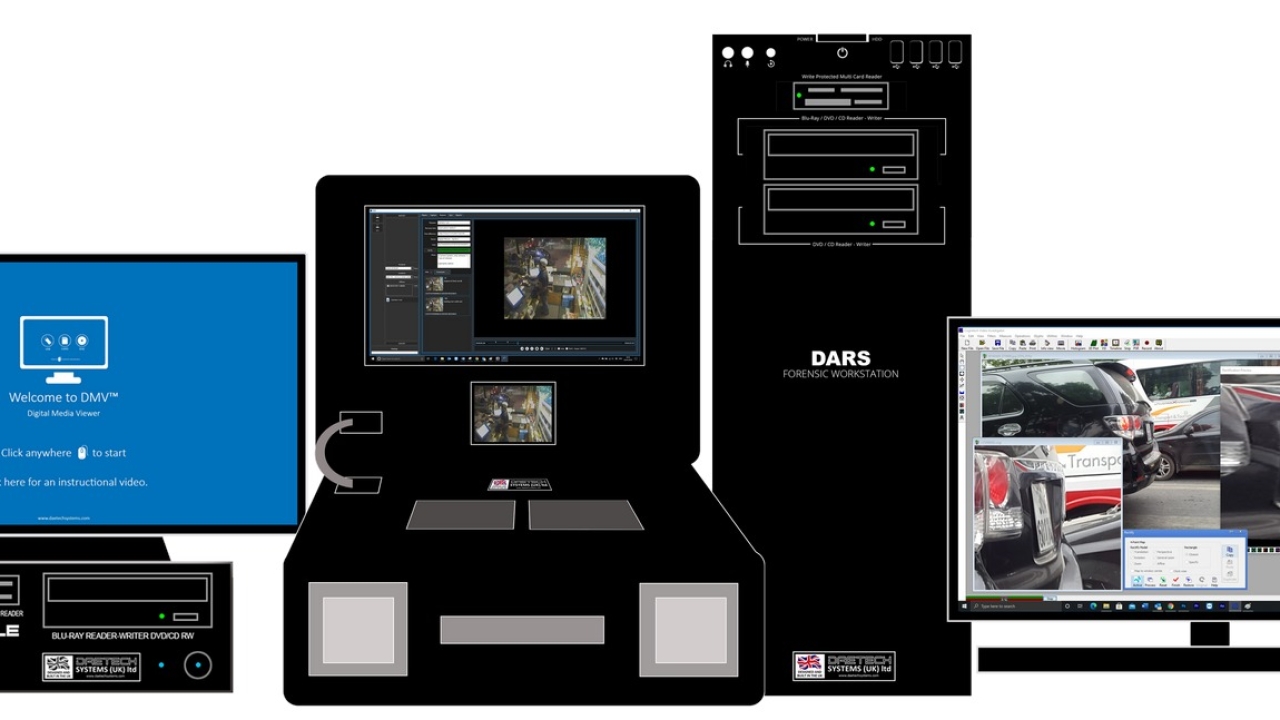The Power of DARS: Revolutionizing Forensic Analysis with Photogrammetry
Posted on 29 April, 2024 by Jaimefletcho

Introduction
Over the past two to three decades, the world has witnessed an unprecedented rise in the use of closed-circuit television (CCTV) systems. These systems have evolved into complex arrays of products and equipment sourced from diverse manufacturers. Today, CCTV cameras are not only found in city centers, college campuses, and supermarkets but are also utilized by private individuals to safeguard their properties. Additionally, incidents and crimes are often captured through mobile phones, digital cameras, and dashcams, adding to the growing volume of digital multimedia evidence (DME).
DARS: Unlocking the Potential of Photogrammetry
At the forefront of investigative technology stands the DARS. This cutting-edge range of processing engines is purposefully designed to provide agencies with the necessary tools to playback, process, capture, and analyze vast quantities of CCTV footage and DME. By employing forensically sound procedures and practices, DARS ensures the integrity and reliability of the evidence.
One of the remarkable features of DARS is its integration of photogrammetry, a technique that enables the extraction of valuable information from photographs or images. With photogrammetry, investigators can accurately reconstruct crime scenes, measure distances, and even create immersive three-dimensional models. This invaluable capability enhances the understanding of complex scenarios, enabling investigators to uncover hidden details and evaluate the dynamics of the events under scrutiny.
Forensic Analysis: The Power of DARS Unleashed
In addition to its photogrammetry capabilities, DARS shines in the field of forensic computer analysis. As digital devices increasingly play a central role in criminal activities, the ability to extract critical evidence from computers, smartphones, and various digital media sources has become fundamental to modern investigations.
DARS utilizes state-of-the-art techniques to extract, analyze, and interpret data from a wide range of digital sources. It can recover deleted files, uncover concealed information, and reconstruct digital trails left by perpetrators. By employing its advanced forensic analysis capabilities, DARS preserves the integrity of the evidence, making it admissible in legal proceedings.
Conclusion
As the global reliance on surveillance systems and digital media continues to grow, the need for efficient and reliable tools to process and analyze evidence becomes increasingly crucial. The DARS range of processing engines emerges as a beacon of innovation, empowering investigative agencies to tackle the challenges posed by the ever-expanding volume and complexity of CCTV footage and DME.
Through the integration of photogrammetry, DARS enables investigators to reconstruct crime scenes, measure distances, and create immersive virtual models, unraveling hidden clues and shedding light on intricate scenarios. Meanwhile, its forensic computer analysis capabilities allow for the extraction of crucial evidence from digital devices, ensuring the preservation of integrity and admissibility in legal proceedings.
In the pursuit of justice and the fight against crime, DARS remains an indispensable tool in the hands of investigators. As technology advances, the power of DARS continues to revolutionize forensic analysis, contributing to the relentless pursuit of truth and the maintenance of law and order in our society.